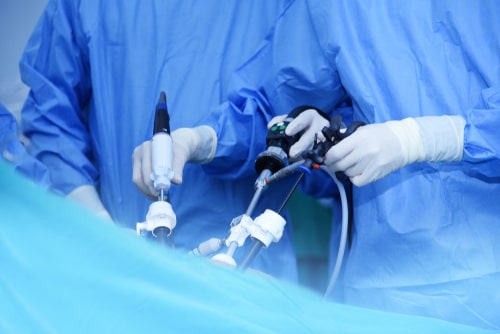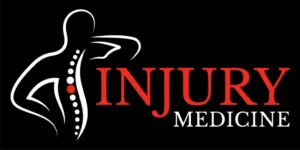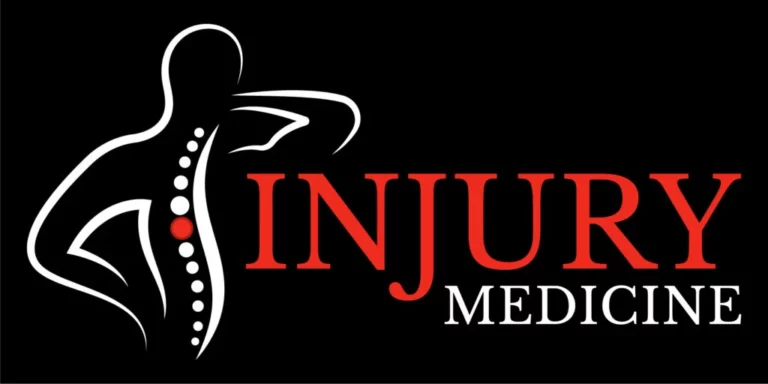For those who have been struggling with chronic pain or severe musculoskeletal injuries, surgery may be the only option for achieving lasting relief. However, conventional surgical procedures often involve large incisions, trauma to surrounding tissues, extended recovery periods, and the risk of serious complications.
Thankfully, the field of medicine has made significant strides in recent years, particularly in the area of minimally invasive procedures. These advanced techniques allow for safer, less traumatic surgeries with smaller incisions and faster recovery times. This is particularly true in the field of orthopedic surgery, where minimally invasive procedures are becoming more prevalent in Lexington and beyond.
At Injury Medicine located in Lexington, SC, we have a team of expert orthopedic surgeons who are highly trained and board-certified. We prioritize the safety and well-being of our patients and utilize the most effective surgical techniques. If you are experiencing chronic pain or a debilitating musculoskeletal injury, call us at 864-866-PAIN to schedule an evaluation and to see if minimally invasive procedures in Lexington could be a suitable option for you.
What Is a Minimally Invasive Procedure?
Minimally invasive surgery, also known as laparoscopic or keyhole surgery, uses specialized tools and cameras to access the affected area through small incisions instead of large, open incisions. This method aims to reduce surgical trauma, minimize scarring, shorten recovery time, and reduce the risk of complications.
Minimally invasive surgery is a modern surgical technique that involves the use of advanced medical instruments and surgical procedures to reduce the size and number of incisions required during an operation.
In this type of surgery, small incisions are made, and there are various types of minimally invasive procedures available, including pain relief injections offered by Injury Medicine.
Compared to traditional surgery, minimally invasive procedures usually take less time to complete, provide faster pain relief, and allow patients to return to their normal activities within a shorter period since there is no significant recovery period needed.
What Are the Benefits of a Minimally Invasive Procedure?
Minimally invasive surgery offers numerous benefits compared to traditional open surgeries such as:
Smaller incisions: In minimally invasive procedures, surgeons make smaller incisions, which results in less trauma to the body and scarring.
Less post-op pain: Because minimally invasive procedures involve smaller incisions, patients tend to experience less pain compared to traditional open surgeries.
Reduced risk of infection: Small incisions and less tissue damage during minimally invasive procedures can lead to a lower risk of infection compared to traditional surgeries.
Faster recovery time: Minimally invasive procedures are usually done on an outpatient basis, allowing patients to recover faster and even return to their normal activities in a shorter period.
Fewer complications: Minimally invasive procedures offer several advantages over traditional surgeries, including less trauma to the body, reduced bleeding and swelling, and lower reliance on anesthesia and pain medication.
Are There Risks With a Minimally Invasive Procedure, and if So, What Are They?
As with any medical procedure, minimally invasive surgery carries some degree of risk, even though it is considered much safer than traditional surgery. Some potential issues that can arise from minimally invasive procedures in Lexington include:
- Infections
- Complications with anesthesia
- Bleeding
The Different Types of Minimally Invasive Procedures at Injury Medicine
In Lexington, Injury Medicine provides a range of minimally invasive procedures. Below is a list of some of the procedures offered at our offices:
Brachial Plexus Block Injection
The brachial plexus block injection is a minimally invasive procedure that delivers local anesthesia to relieve pain in the shoulders, arms, or hands. It is administered with a small needle under fluoroscopy.
Caudal Steroid Injection
Caudal Steroid Injection treatment offers pain and inflammation relief for chronic limb and back pain patients. It administers a combination of anesthesia and a steroid to the affected area.
Celiac Plexus Block
This injection treatment aims to relieve chronic abdominal pain.
Chiropractic
Chiropractors employ various methods to treat chronic neck and back pain.
Discography
Discography is a diagnostic procedure used to identify the root cause of lower back, hip, or groin pain to determine the need for minimally invasive procedures or interventional pain therapies.
Epidural Steroid Injection
Epidural steroid injections are a common treatment for inflammatory symptoms related to pain in the neck, back, arms, and legs.
Facet Blocks
A minimally invasive facet joint injection involves injecting medication and anesthetic to numb the facet joint and relieve pain.
Facet Joint Injection
A facet joint injection relieves neck or back pain by reducing inflammation of the spinal facet joints.
Injections for Back Pain
Injections can alleviate back pain by targeting inflammation and nerve damage, providing both short-term and long-term relief.
Joint Injections
Joint injections are designed to relieve pain in major joints such as the hips, shoulders, and knees. By reducing inflammation, they provide pain relief and can help prevent future pain.
Kyphoplasty
Kyphoplasty is a minimally invasive procedure used to relieve pain caused by a compression fracture in the spine and to restore damaged vertebrae.
Medial Branch Block
Medial Branch Block injections are used to relieve pain caused by facet joint syndrome or other conditions affecting the facet joints. They involve the injection of a combination of local anesthetic and steroid medication into the affected area.
Medication Management
Medication management is a pain management and injury recovery plan that is tailored to the patient’s medical needs and medication history.
Nerve Blocks
Nerve blocks, also known as sympathetic nerve blocks, can be used to both diagnose and treat pain, tingling, or burning sensations in the arms, hands, feet, and legs.
Occipital Nerve Block
Occipital nerve block is a minimally invasive procedure used to relieve pain caused by the occipital nerves located at the back of the head, above the neck.
Pain Management
Pain management is the process of determining the origin of pain and creating a plan to alleviate it.
Peripheral Nerve Block
Interventional pain management techniques, such as nerve blocks, can be utilized to diagnose and treat a range of conditions including neuropathy, headaches, and pelvic pain.
Radiofrequency Ablation
Radiofrequency ablation is a minimally invasive pain management treatment that uses electrical currents in the form of radio waves to disrupt the transmission of pain signals and provide relief from pain.
Sacroiliac Joint Steroid Injection
Sacroiliac joint injections are a diagnostic and therapeutic procedure used to identify the source of pain and provide pain relief. They are commonly used to identify the specific sacroiliac joint causing pain.
Sciatic Nerve Block
A sciatic nerve block injection involves the use of a combination of a steroid and a local anesthetic to alleviate pain that is associated with the sciatic nerve.
Sphenopalatine Ganglion Block
Sphenopalatine ganglion block is a minimally invasive procedure used to alleviate headaches and facial pain caused by damaged sphenopalatine ganglion nerves.
Spinal Cord Stimulators
A spinal cord stimulator is a small device inserted under the skin to transmit electrical pulses to the spinal cord or nerves, providing pain relief by disrupting the transmission of pain signals.
Stellate Ganglion Block
This minimally invasive injection procedure is used to alleviate nerve-related pain and issues by temporarily desensitizing nerve branches in the neck.
Sympathetic Nerve Blocks
A lumbar sympathetic block is a group of injections used to alleviate lower back and leg pain caused by complex regional pain syndrome, peripheral neuropathy, shingles, and sciatica.
Transforaminal Epidural Steroid Injection
A spinal injection is a minimally invasive procedure that involves injecting a combination of local anesthesia and steroid medication to the appropriate area in the spine to alleviate pain and reduce inflammation.
Trigger Point Injection
Trigger point injections are minimally invasive procedures that involve administering a local anesthetic, and sometimes a corticosteroid, to a specific trigger point to provide relief from pain and inflammation.
Vertebroplasty
Vertebroplasty is a minimally invasive procedure used to treat painful spinal compression fractures.
Get the Medical Help You Need with Minimally Invasive Procedures in Lexington Today!
Injury Medicine’s experienced surgeons specialize in minimally invasive procedures in Lexington, ensuring the safest and most effective surgical techniques for optimal results. Don’t let chronic pain or musculoskeletal injuries hinder your quality of life.
Consider speaking with our expert doctors at Injury Medicine for relief from chronic pain and to explore treatment options. To schedule an evaluation, call us at 864-866-PAIN.



